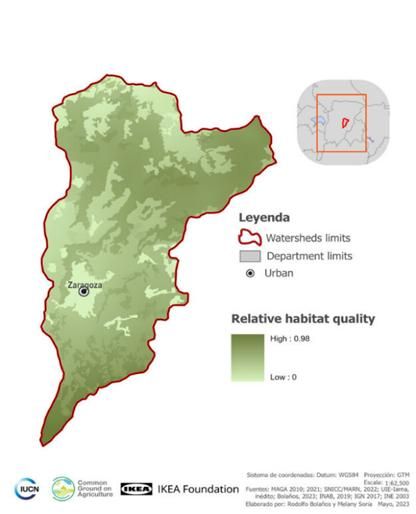Needs assessment and gap analysis to decide training content and formats
Collaborative and participatory development
Integration of local contexts and languages
Selection and Training of Trainers (ToT)
Innovative modes of delivery
Pilot testing and feedback incorporation, and continuous revision
Monitoring and evaluation of training impacts
